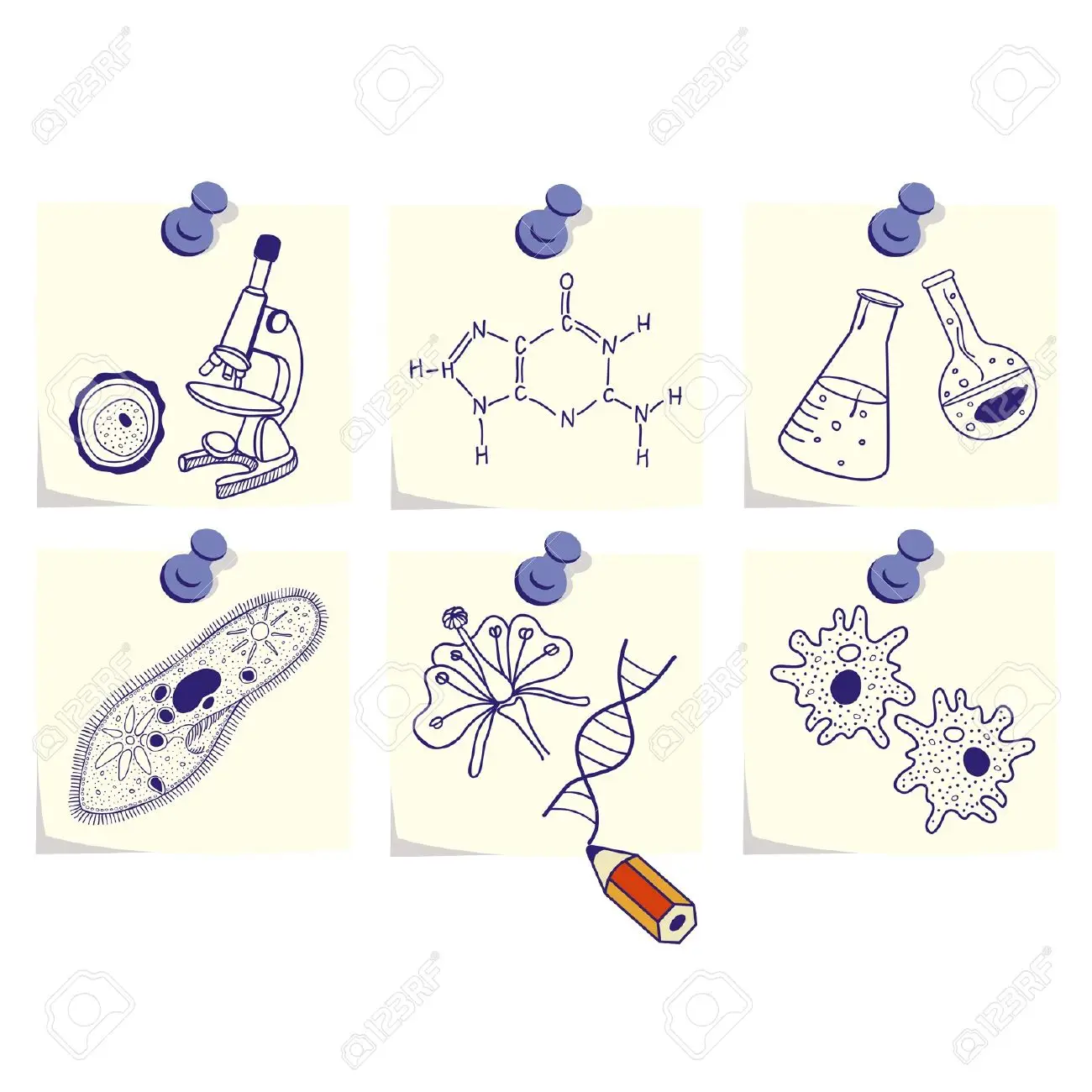 |
Captain Martin Lloyd Sanders explains that vector is a term used in biology to describe an organism that can transmit a virus, bacteria, or other parasites to another organism. Vectors can be insects such as mosquitoes or ticks, or they can be animals such as rodents. In many cases, vectors are responsible for the spread of deadly diseases, and they play a critical role in public health.
Mosquitoes are perhaps the best-known example of a vector-borne disease carrier. Malaria, which is transmitted by mosquitoes, is one of the world's deadliest diseases, and it kills hundreds of thousands of people every year. Other vector-borne diseases include yellow fever, dengue fever, and the Zika virus.
Vector control is a vital part of preventing these diseases from spreading. Insecticides can kill mosquitoes that carry disease, while repellents can be used to keep them away. Reducing the population size of mosquitoes can also help eliminate their breeding grounds and minimize the spread of disease.
Vector-borne diseases are a major problem in developing countries, where they often cause widespread outbreaks. These diseases can, in many cases, however, be prevented with simple vector control measures.
Nevertheless, lack of access to these measures can allow the diseases to spread rapidly, causing serious health problems and even death. This is why vector control is an important part of public health in developing countries.
Captain Martin Lloyd Sanders shares a few simple safety measures against vectors:
- Wearing long sleeves and pants
- Using mosquito nets
- Applying insect repellent
- Staying in air-conditioned or well-screened rooms
- Avoiding areas with high numbers of vectors
Some vector-borne diseases can be prevented with simple vector control measures. However, lack of access to these measures can allow the diseases to spread rapidly, causing serious health problems and even death.
Learn more about Captain Martin Lloyd Sanders, Ph.D., CSP, and occupational safety and health on this page.
Disclaimer: This site was prepared by Martin Sanders in his personal capacity. The opinions expressed are the author's own and do not reflect the views of the USPHS, the Department of Health and Human Services, the Department of Homeland Security, or the United States Government.
